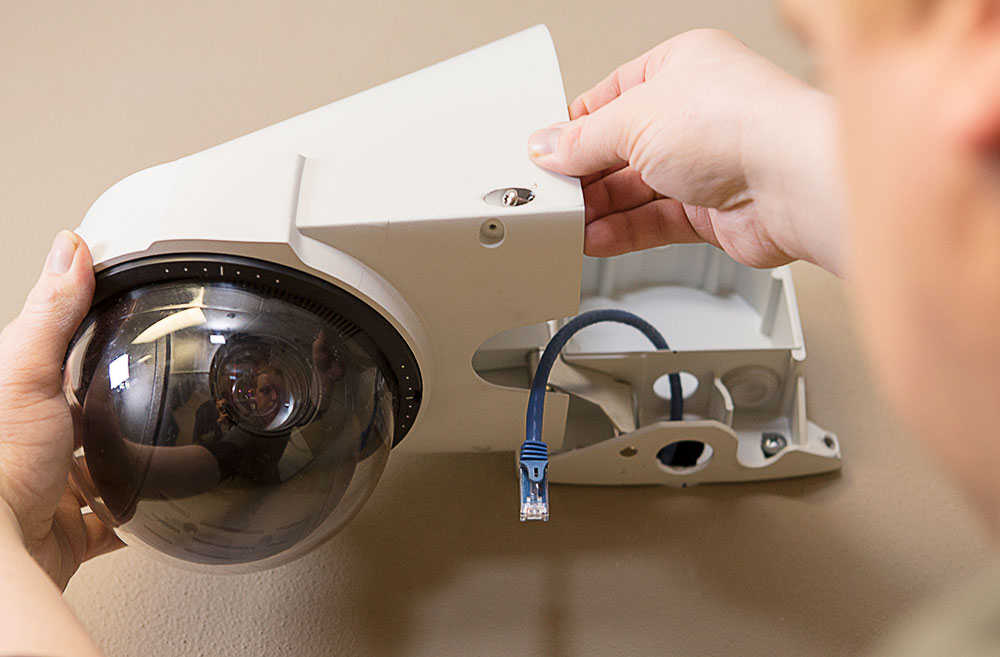Have you considered purchasing a video system for your business, learning environment, or hospital? Whether it’s for work, education, or patient care, research is required, and decisions need to be made.
First, determine what matters most to you and your budget.
- Image quality
- Multiple views or video inputs
- Simple and user friendly
- Responsive design device agnostic
- Branding
- Systems Integration
- Equipment integration
- Portability
- Cloud-based or on-prem server
- Storage options and space
- Real-time streaming
- In-person and remote options
- Timestamp feedback, comments, annotations, or markers
- Information security
- Scalability – will it grow with you?
- Other management tools such as scheduling, tracking, assessment, or evaluation
- Flexibility of rubrics, checklists, or option to attach files or content
- Usage, data, resources, and performance reports
- Video sharing
- Organizational monitoring – names, dates, events, etc.
Once your budget and needs are determined, look for research vendors who provide the services you identified:
- Are they a one-stop shop with installation, equipment, and software?
- How long have they been providing this service?
- Do they partner with anyone?
- What is their market?
- What are their values?
- Are they accountable and responsive?
- What are startup fees and are there continuous costs based on use, space, or availability?
- Do they have annual fees or memberships and what are they based on? Do they cover anything?
- Do they have technical support? Monday through Friday? 24/7?
- Where are they based out of, and do they have a regional associate?
- Who will be using it? Providers, facilitators, learners, staff, patients?
- Have they and will they continuously improve?
Once you decide what matters to you, your budget, and your research vendors, involve all the necessary parties such as Information Technology, Human Resources, and Administration. They play an important role in deciding the best vendor to work with.
Lastly, before any purchase is made, all necessary parties should demo the product and bring the product onsite, if possible. This allows everyone to see how the product works in real time and figure out issues that may arise.
Remember, every vendor says they are the best and can make their product work for your business, learning environment, or hospital, but can they actually?
An academic-based video solution may not be the best option for a hospital and a hospital-based video solution may not be the best option for the industry.
Again, you, your organization, and all necessary parties must decide what is best based on what matters to you, your budget, and the research you gathered.
And do not let a platform, business, or cost sway your first impressions or your needs.
You have unique workflows and processes that you know best. A video platform vendor should bring in their expertise to customize a solution that works seamlessly with your existing workflows. Get the Tip-Sheet on 6 ways Customization Makes A/V More Effective.









